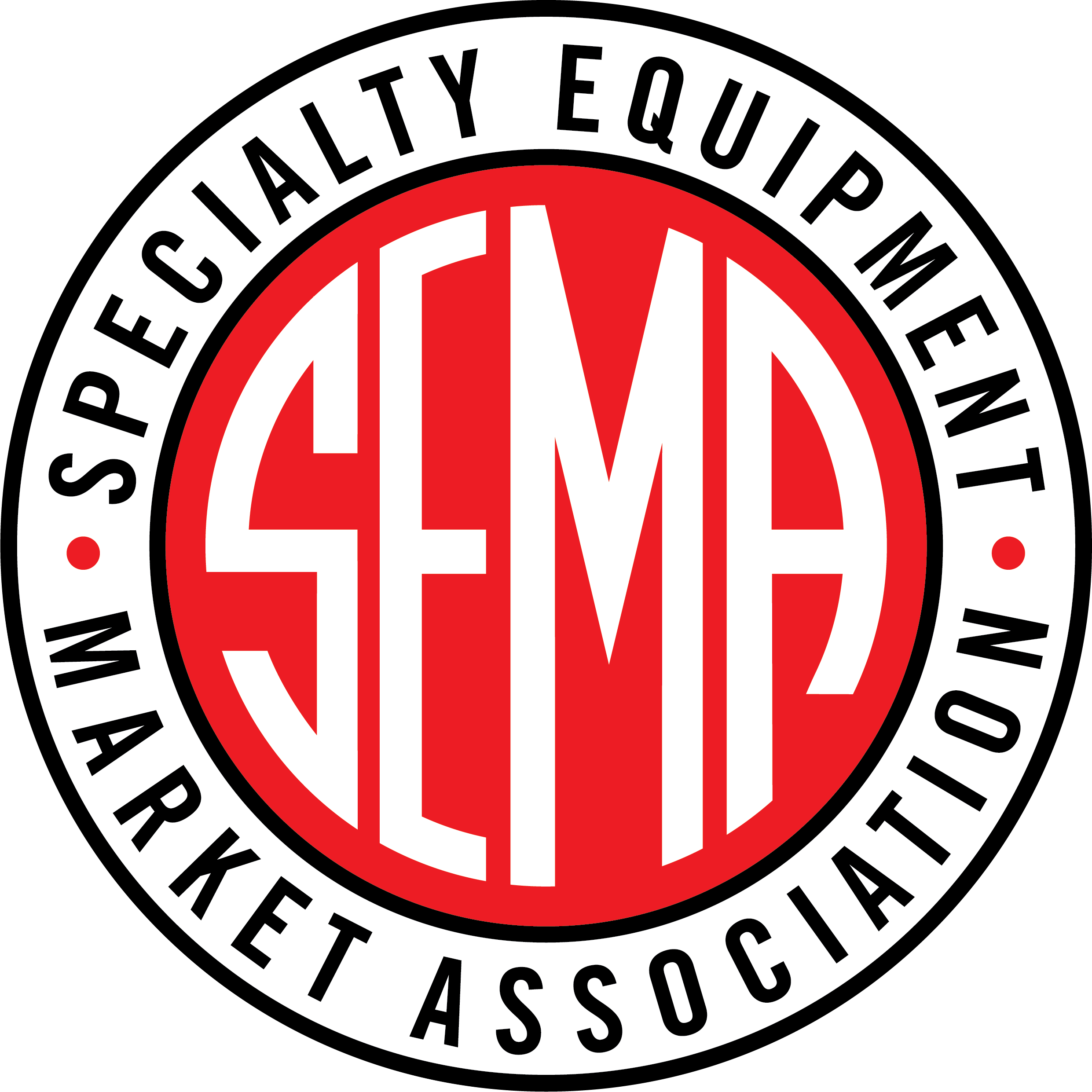2013 SEMA Hall Of Fame Inductee

Joe Schubeck
Turning the pages of Petersen’s Hot Rod magazine, Joe Schubeck fell in love with drag racing. At 13, he was reading articles by Wally Parks, and those stories ignited a lifelong passion.
In high school, Schubeck met fellow drag-racing enthusiast Jack Harris, who had just opened a speed shop and couldn’t find the time to finish a rig buildup. Although no money changed hands, Schubeck “inherited” the dragster and started working on it immediately. Just before his high-school graduation, Schubeck had the flathead engine burning nitro methane and ready for competition. His fantasy of being a racer was about to come true…and then he took to the track against the Arfons brothers.
“They lined me up next to Arfons’ Bologna sled, and I was scared as all get out,” said Schubeck. “Arfons had a really big engine, and it looked like a locomotive next to me. When I looked over, all I saw were the blades of his propellers spinning next to my head, and I thought, ‘If I don’t get the hell out of here, I’m going to be sliced bologna.’”
Schubeck kept it close but failed to shift and ultimately lost his first race. Afterward, he met the entire Arfons family and realized two things: Drag racing was incredibly fun, and he needed to swap out that flathead engine.
By his third year, Schubeck met Joe Sparatelli, an expert on Chrysler Hemi engines from Cleveland, Ohio. The two decided to build a Double A gas dragster with a blown Chrysler Hemi, and that’s when things took off.
“I had built my own tubular chassis,” explained Schubeck. “That was the first tube chassis in ’58, and then in ’59, I rounded up a bunch of people that wanted them. So I found myself in business. I called it Lakewood Chassis Company.”
One of the most difficult pieces to construct was the aluminum transmission bellhousing. He knew there had to be a better way to manufacture the part, and while visiting a fabrication shop in Cleveland, he learned about a machine called the Hydroform.
Through persistence and hard work, he developed a die to put in the Hydroform, and 20 seconds after the engineer flipped on the machine, Schubeck was holding a gorgeous, seamless, aluminum bellhousing. It was a tremendous product, and his old friend Jack Harris knew what it might mean to the industry. Across the country, drag racing was plagued with flywheel and clutch explosions. Chunks of cast iron were flying into grandstands, blowing cars in half—sometimes proving fatal for drivers and spectators.
“It was obvious that what I needed was to make a bellhousing out of steel,” said Schubeck, “And Jack Harris told me, ‘If you could make that thing out of steel and it will contain that clutch, you would have a multi-million dollar product on your hands.’”
The catch to developing such a coveted product was that Schubeck was going to have to retire as a driver. He reluctantly stepped away from the cockpit, and the move paid off. Before long, he had two shifts going seven days a week, putting skid loads of the new steel bellhousings on trucks.
“All the manufacturers that I read about through Petersen’s magazines, Iskenderian, Edelbrock, now I was a player with them,” Schubeck said. “Going to shows, selling merchandise and all that—that was just a life changer for me.”
In addition to the success, he found a way back to the dragstrip. Much to his surprise, George Hearst reached out to Schubeck with a unique opportunity to pilot a special sister car to the Hearst Hemi M Class. The rig featured two blown nitro-burning engines, slicks on all four corners and boasted at least 5,000 horsepower. Shubeck was hesitant to pilot the vehicle, but George ultimately had a trick up his sleeve.
“George laid down a photograph on a table and said, ‘I want you to see the new girl I’m going to hire for Miss Golden Shifter,’” Schubeck said. “It was the most gorgeous woman I’d ever seen. And he said, ‘Her name is Linda Vaughn, and she’ll be there to take your top hat and your white gloves and help you get in the car, and she’ll be part of the pit crew.’”
Schubeck was sold on the project, and Jim Dietz agreed to craft a fire suit befitting of the nickname “Gentlemen Joe.” The tuxedo-like suit included long tails and was completed by a fireproof bow tie. For two final seasons, Joe Schubeck was back where he started, rocketing down local dragstrips.
As a former member of the SEMA Board of Directors and a pioneer on the SEMA Safety Committee, Schubeck’s dedication to drag racing is truly inspiring. It is the association’s privilege to now invite him to take his place in the Hall of Fame alongside fellow legends in the specialty-equipment industry. He always wanted to sit behind the wheel of a dragster but was willing to sacrifice his racing career. As a result, his invention is still saving lives every weekend at tracks all across the country.











































